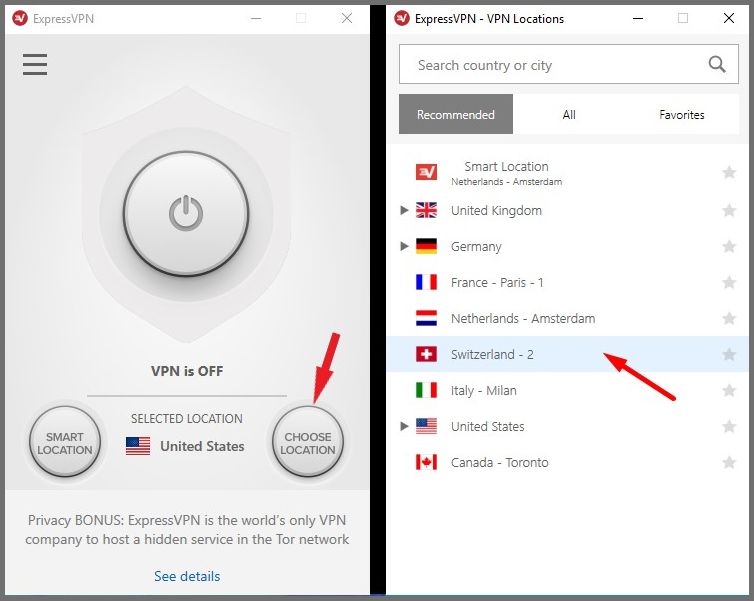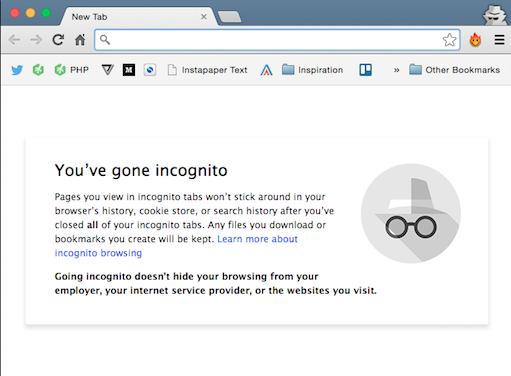

Incognito mode provides more privacy than regular browsers, but in truth, it isn’t totally private. However, this comes at the expense of having your activity tracked online, which many feel breaches their privacy. Moreover, you’ll likely already be logged into your most visited sites, making it easier to browse the web. For example, if you type in a website in your search bar, many recommendations will appear. Standard browsers, like Google Chrome, log your browsing history to make it easier for you to return to websites. You’ll need to log in all over again since the browser doesn’t save cookies to remember that you have previously logged in. Since incognito mode doesn’t save your browsing activity, if you visit sites like Twitter and Facebook on a private browser and log into your accounts, you won’t already be logged in to these social networking sites the next time you open an Incognito window. This means anyone sharing a computer with you won’t be able to see what sites you visited previously – this is extremely useful if you’re planning a surprise or want to research something in private.

Incognito mode allows you to enjoy a private browsing session that is completely wiped when you close the window. Below is everything you need to know about using incognito mode on your browser.

But in actual fact, incognito mode doesn’t provide as much privacy as internet users think. Many users switch to this when they want to turn off browsing history on a shared computer or avoid online tracking. Whether you use Chrome, Safari, Edge, Firefox, or another browser, it likely offers a separate incognito browsing window. Incognito or private mode is an option that most browsers offer, but is it really private? This article looks at how incognito mode works, what it hides, and what more you can do to step up your online privacy.


 0 kommentar(er)
0 kommentar(er)
